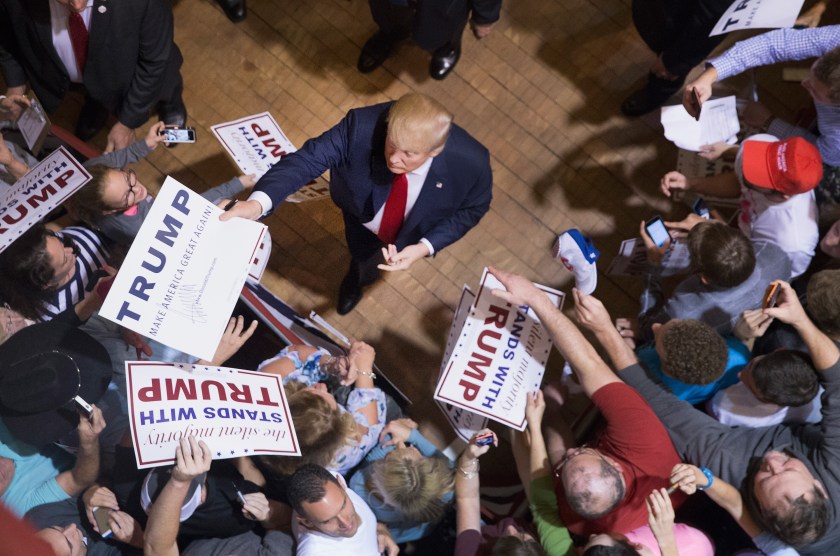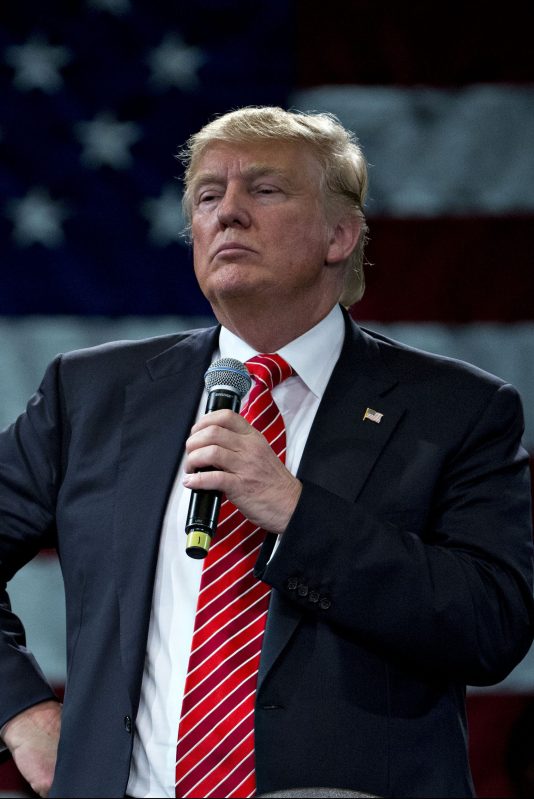
It’s been a wild ride, but the 2016 election season is over, and Donald Trump is the champ. Now that Hillary Clinton’s concession speech has been given and the president-elect has met with Barack Obama, the dust is beginning to settle. But that doesn’t necessarily mean your head hasn’t stopped spinning.
Regardless of political affiliation, almost everyone was surprised by Trump’s win over Clinton on Tuesday—everyone except his team, that is.
While pundits and pollsters across the board predicted a Democrat for president (FiveThirthyEight gave Clinton a 71% chance at victory; The New York Times‘ Upshot had her at 91%), the Republican candidate managed to pull off the upset because his team was expecting a different electorate. Most experts were thinking the group of voters showing up at the polls would be similar to what they had seen in previous elections.

Even the leader of Trump’s data team, Matt Oczkowski, admitted their own analysis was off by a few points. But just before the FBI reopened its inquiry into Clinton’s emails, the team realized its own models had failed to account for the growing swath of rural Trump supporters that had largely been ignored by the media.
“In the last week before the election, we undertook a big exercise to reweight all of our polling, because we thought that who [pollsters] were sampling from was the wrong idea of who the electorate was going to turn out to be this cycle,” Oczkowski told Bloomberg Businessweek. “If he was going to win this election, it was going to be because of a Brexit-style mentality and a different demographic trend than other people were seeing.”
And win he did. To learn all of Oczkowski’s insights, read the full story over on Bloomberg Businessweek here. Before you do, watch the interview Oczkowski conducted with “CBS This Morning,” in which he discusses how his team picked up on disturbances that others didn’t, in this clip below.
This article was featured in the InsideHook newsletter. Sign up now.
























